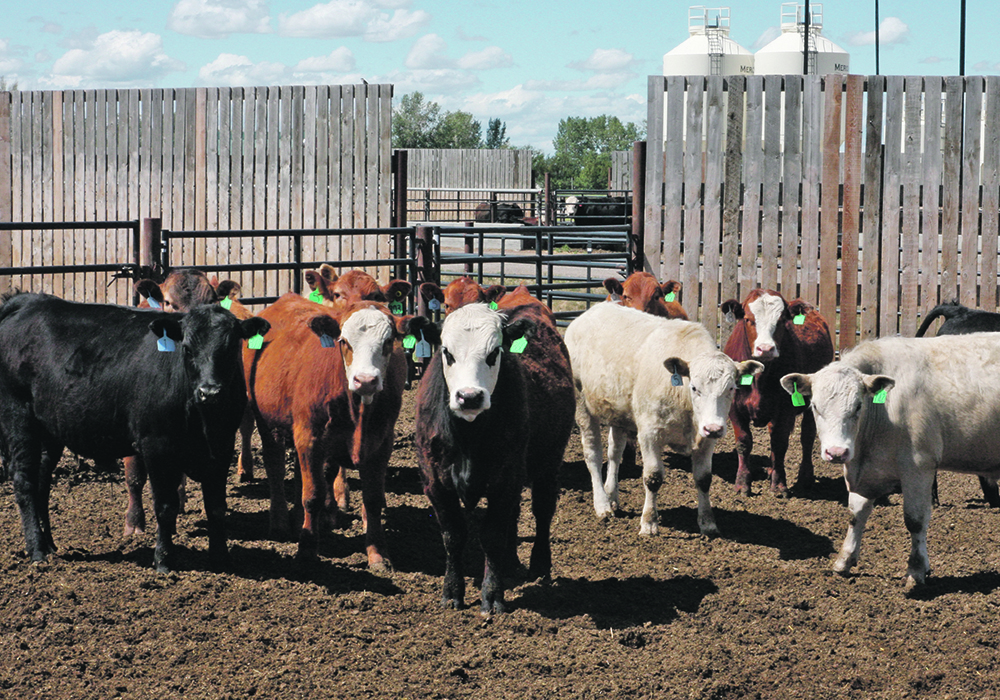An enormous range of animal species are used in research for a variety of reasons. There is the familiar use of animals as models for human diseases, which is where the white laboratory mice and rats come in. Scientists may also study animals for their own benefit.
It is worth considering the reasons we use animals in research.
In many cases, there is no way around it. It would be unethical to study certain diseases and treatments in people, which is why scientists use animals as models, such as the use of medications in pregnancy.
Read Also

Manitoba pork exports gain new market ground
Manitoba’s pork trade pivoted from China over the last five years, while Japan is remains the largest customer and South Korea and Mexico market footholds have grown
There are also instances where human diseases are so rare that it is impossible to study them without the assistance of animal models.
Broadly speaking, the field of biomedical research seeks to advance medical knowledge with the use of mice and rats as the main research animals. Scientists may also use other species. For instance, the use of mini pigs is increasing because of their larger size compared to lab rodents and similarities with human organs including skin, kidneys and gastrointestinal tract.
Not all animal research involves orderly rows of sterile cages that house white lab rats and mice. Sometimes naturally occurring diseases in pets provide significant insight into human diseases and vice versa.
For instance, it was through researching the genetic disorder of the skin called congenital ichthyosis that arose in some pet Golden Retriever dogs that scientists found the gene responsible for both humans and dogs. Astute clinicians noted the similarities between the disease in dogs and people whereby the skin sheds abnormally. This led to a study examining the dogs’ DNA to uncover a genetic marker.
Once they found one, they then tested the humans with the condition and identified the same faulty gene. This finding will pave the way for genetic testing and gene therapies.
Other scientific research fields such as psychology use animals such as rats, mice and pigeons. In veterinary medicine, we often use the animals of interest to research the disease we are concerned about rather than use models of disease like they do for studying conditions of people. For instance, researchers may use different cattle feedlot groups to understand if a new medication works better treating respiratory disease compared to the standard therapy.
Finally, there are researchers who make use of wildlife in their natural or semi-natural settings. This includes behaviour studies such as those performed by anthropologists studying monkeys to glean insight into human behaviour and culture.
It is important to know that Canadian researchers who use animals for whatever reason must follow procedures to ensure their research is warranted and ethical.
In Canada, the use of animals in research is strictly controlled by the Canadian Council on Animal Care, and compliance with their rules is required by major research funding organizations, including the federal government. Universities must have dedicated committees that review animal research for scientific validity and ethics. Researchers who wish to study animals must gain approval before proceeding.
The 3R principles apply as well. This means scientists should aim to replace, reduce and refine the use of animals in their studies. Using statistical analyses, researchers estimate the number of animals needed for the type of work they are doing. This is an important step in minimizing how many animals are used in research. The approvals have to be renewed yearly with requirements for reporting. There is also the possibility of scheduled and random inspection.
Researchers also follow best practice guidelines published by the Canadian Council on Animal Care for the main types of animals used in research.
My research often involves studying wild animals that are found dead. In terms of ethics, this is considered one of the least invasive ways to use animals in research. I’m not collecting and sampling live animals, nor do I test purpose-bred live animals in laboratory settings. But at the University of Calgary, I happily submit for annual ethics approval of my research program and the animals I use, knowing it is part of a system that protects animals used for scientific advancement.
Dr. Jamie Rothenburger, DVM, MVetSc, PhD, DACVP, is a veterinarian who practices pathology and is an assistant professor at the University of Calgary’s Faculty of Veterinary Medicine. Twitter: @JRothenburger















